Clean website layouts are the backbone of any successful online presence, offering users a seamless and visually appealing experience while ensuring your brand stands out. A clean design isn’t just about aesthetics—it’s about creating a functional space that enhances user experience and aligns perfectly with your brand identity. Whether you’re running a blog, an e-commerce store, or a professional portfolio, the foundation of your digital presence lies in a well-crafted layout that balances simplicity with sophistication. In this guide, we’ll explore what defines a clean website layout, its importance, and how you can achieve it using free and premium design templates. From typography and color schemes to navigation and spacing, we’ll dive into the key elements that make a website feel fresh, modern, and easy to navigate. Discover how clean website layouts contribute to user satisfaction, brand consistency, and long-term success in the digital world.
Key Takeaways
– Improves User Experience: Clean layouts enhance navigation, reduce frustration, and boost satisfaction, lowering bounce rates.
– Boosts SEO Performance: Fast-loading, minimalistic designs improve search engine rankings and reduce page load times.
– Mobile-First Design: Ensures seamless viewing across devices, adapting effortlessly to various screen sizes.
– Professionalism and Trustworthiness: A clean, organized design conveys credibility and fosters visitor conversion.
– Visual Hierarchy and Clarity: Guides users effortlessly, ensuring key information is easily noticeable.
– Content Readability and Engagement: Makes text and visuals more digestible, enhancing user interaction.
– Brand Consistency: Uniform design elements reinforce brand identity and provide a cohesive experience.
– Faster Loading Times: Reduces page load times, improving user satisfaction and SEO performance.
– Minimalist Design Focus: Eliminates distractions, focusing on simplicity and functionality.
– Intuitive Navigation: Clear menus and sticky headers ensure easy access to content across all pages.
– Accessibility and Inclusivity: Includes alt texts and proper contrast ratios for visually impaired users.
– Responsive Design: Optimizes layout for all devices, ensuring functionality across desktops, tablets, and mobiles.
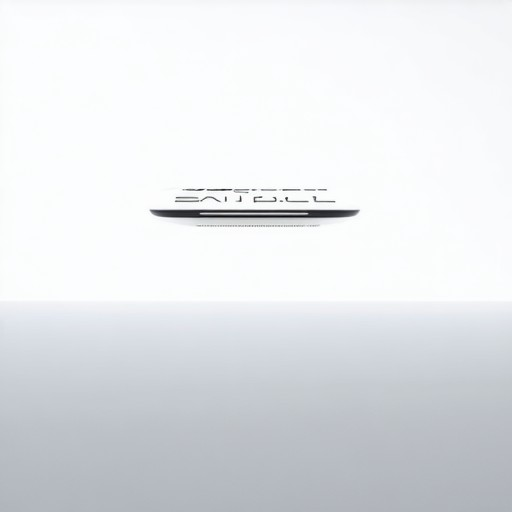
What Makes a Website Layout Considered Clean?
A clean website layout is defined by several key elements that work together to create a visually appealing, user-friendly, and functional design. Here’s a breakdown of what contributes to a clean layout:
- Minimalist Design :
Clean layouts often incorporate minimalism, using simple elements like white space, solid colors, and clean fonts to reduce clutter and create a streamlined look. - Consistency :
Uniformity in design elements such as typography, color schemes, and spacing ensures a cohesive and professional appearance, reinforcing brand identity. - Intuitive Navigation :
Clear and logical navigation enhances usability, allowing users to easily find information without confusion. Features like a sticky header or a well-structured menu can improve navigation. - Organized Content Presentation :
Well-organized content with clear headings and visual hierarchy aids readability. Tools like bullet points or grids can help present information neatly. - Responsive Design :
A clean layout adapts to various screen sizes, ensuring optimal viewing experiences across devices. Techniques like flexbox and grid layouts help achieve this. - Effective Use of Whitespace :
Proper spacing between elements allows the design to breathe, preventing a cramped look. Negative space can be used creatively to enhance the overall aesthetic. - Accessibility :
Clean layouts prioritize usability for all users, including those with disabilities. Features like alt texts for images and high contrast ratios are essential. - Visual Hierarchy :
Elements like bold headlines and contrasting colors guide the user’s eye, establishing a clear organizational structure.
Examples of clean layouts can be seen on platforms like Google and Apple, which employ simple designs, consistent styling, and effective navigation to create a polished user experience. By combining these elements, a website can achieve a clean, professional, and user-friendly design.
What Makes a Website Layout Considered Clean?
A clean website layout is defined by several key elements that work together to create a visually appealing, user-friendly, and functional design. Here’s a breakdown of what contributes to a clean layout:
- Minimalist Design :
Clean layouts often incorporate minimalism, using simple elements like white space, solid colors, and clean fonts to reduce clutter and create a streamlined look. - Consistency :
Uniformity in design elements such as typography, color schemes, and spacing ensures a cohesive and professional appearance, reinforcing brand identity. - Intuitive Navigation :
Clear and logical navigation enhances usability, allowing users to easily find information without confusion. Features like a sticky header or a well-structured menu can improve navigation. - Organized Content Presentation :
Well-organized content with clear headings and visual hierarchy aids readability. Tools like bullet points or grids can help present information neatly. - Responsive Design :
A clean layout adapts to various screen sizes, ensuring optimal viewing experiences across devices. Techniques like flexbox and grid layouts help achieve this. - Effective Use of Whitespace :
Proper spacing between elements allows the design to breathe, preventing a cramped look. Negative space can be used creatively to enhance the overall aesthetic. - Accessibility :
Clean layouts prioritize usability for all users, including those with disabilities. Features like alt texts for images and high contrast ratios are essential. - Visual Hierarchy :
Elements like bold headlines and contrasting colors guide the user’s eye, establishing a clear organizational structure.
Examples of clean layouts can be seen on platforms like Google and Apple, which employ simple designs, consistent styling, and effective navigation to create a polished user experience. By combining these elements, a website can achieve a clean, professional, and user-friendly design.
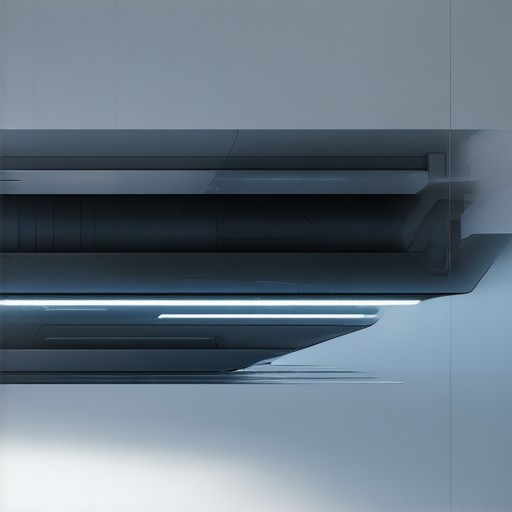
Key Elements of a Clean Website Layout
A clean website layout is essential for creating a visually appealing, user-friendly, and professional online presence. Below are the key components that define a clean design:
- Readable Typography
- Utilize sans-serif fonts like Arial, Helvetica, or Georgia for better screen readability.
- Ensure text is legible with proper contrast against backgrounds.
- Maintain consistent font sizes and spacing throughout the site.
- Limited Color Palette
- Stick to neutral colors (white, black, grays) with subtle accent colors for highlights.
- Avoid clashing colors or excessive contrasts that can overwhelm users.
- Use color coding to differentiate sections or interactive elements.
- Adequate Whitespace
- Incorporate ample white space around text, images, and buttons to prevent clutter.
- Use margins and padding strategically to allow elements to breathe.
- Avoid overcrowding content, which can reduce user engagement.
- Consistent Design
- Maintain a cohesive look by applying the same design patterns across all pages.
- Use consistent navigation menus, color schemes, and typography styles.
- Align visual elements to create a harmonious user experience.
- Responsive Design
- Ensure the layout adapts seamlessly to various screen sizes and devices.
- Use flexible grids, fluid images, and media queries for optimal mobile responsiveness.
- Prioritize functionality over aesthetics for smaller screens.
- Minimalist Approach
- Avoid unnecessary decorative elements like animations, gradients, or over-the-top graphics.
- Focus on simplicity and functionality to enhance user experience.
- Use minimalistic design principles to declutter the interface.
- Clear Navigation
- Implement intuitive navigation menus that are easy to understand and use.
- Use breadcrumb trails or “you are here” indicators for better user orientation.
- Ensure that primary actions are easily accessible via prominent buttons or links.
- Organized Content
- Group similar content together, such as placing related articles or products on the same page.
- Use categories, tags, or filters to help users navigate content efficiently.
- Break down complex information into digestible chunks for better comprehension.
- Accessibility Features
- Include alt texts for images to aid visually impaired users.
- Use sufficient contrast ratios between text and background colors.
- Ensure keyboard navigation works properly for users who prefer not to use mouse inputs.
- Aligned Grids and Uniform Padding
- Use consistent grid layouts to organize content neatly.
- Apply uniform padding to elements like buttons, icons, and cards for a polished look.
- Ensure alignment is consistent across all elements for a cohesive aesthetic.
By combining these elements, a website can achieve a clean, professional, and user-friendly layout that enhances the overall browsing experience. Competitors like Adobe , Canva , and Figma often showcase these principles in their own design tools and templates, demonstrating their effectiveness in creating clean interfaces.
For further reading, explore detailed guides on Web Design Principles and UI/UX Best Practices to dive deeper into optimizing your website’s layout.

Why Clean Website Layouts Matter
A clean website layout is essential for several reasons, each contributing to a better user experience and overall success:
- Enhanced User Experience : Clean designs simplify navigation, reduce frustration, and make it easier to find information quickly. This leads to lower bounce rates and higher user satisfaction.
- Mobile Responsiveness : Clean layouts adapt well to various screen sizes, ensuring seamless viewing experiences across devices, which is crucial for today’s mobile-first world.
- Faster Loading Times : Minimalistic designs often mean less code and larger content files, leading to quicker load times. Faster sites improve user satisfaction and SEO performance.
- Professionalism : A clean, organized design conveys professionalism and trustworthiness, which are vital for converting visitors into customers or clients.
- Visual Hierarchy : Clear organization of elements ensures key information is easily noticeable, guiding users through the site efficiently.
- Content Presentation : Clean layouts make content more readable and engaging, fostering better absorption and interaction with the site.
- Consistency : Uniformity across the site reinforces brand identity and provides a cohesive experience, which is particularly important for returning visitors.
- SEO Benefits : Clean layouts can improve indexing by search engines and may contribute to better search rankings due to faster loading times and optimized content structure.
By focusing on these aspects, a clean website layout not only enhances the user experience but also supports long-term success and growth for the brand.
Creating a Clean Website Layout
A clean website layout is essential for ensuring a positive user experience and making your content easily navigable. Below are the key steps to achieve a clean and organized website design:
- Plan the Structure:** Start by sketching out your website’s layout using a grid system. This will help you organize your content neatly and avoid clutter. Consider dividing your page into sections like header, hero, main content, and footer.
- Use Spacing Effectively:** Incorporate ample white space around elements to make the design feel less cramped. Negative space can be used strategically to highlight key components like headings or images.
- Choose Readable Typography:** Select fonts that are easy to read and maintain consistency throughout your site. Sans-serif fonts like Arial or Tahoma are often recommended for their clarity and modern aesthetic.
- Design Intuitive Navigation:** Create a clear and simple navigation bar. Use a sticky header to ensure users can easily access different sections as they scroll. Categorize links into primary and secondary to keep the menu organized.
- Apply a Cohesive Color Palette:** Stick to a consistent color scheme that complements your brand while ensuring high contrast for readability. Use neutral tones for backgrounds and accent colors for buttons and links.
- Establish Visual Hierarchy:** Use size, color, and positioning to guide the viewer’s eye through your content. Headings should be larger and bolder than body text, while images and buttons should stand out appropriately.
- Add Whitespace Thoughtfully:** White space isn’t just empty space—it serves a purpose. Add padding and margins to create breathing room for elements, making your design feel more organized and professional.
- Ensure Responsiveness:** Test your layout on various screen sizes to guarantee it looks good on desktops, tablets, and mobile devices. Adjust your grid system or font sizes as needed for smaller screens.
- Maintain Consistency:** Keep your design elements uniform. Consistent button styles, iconography, and color schemes will give your site a polished look. Define CSS styles early to enforce these consistencies.
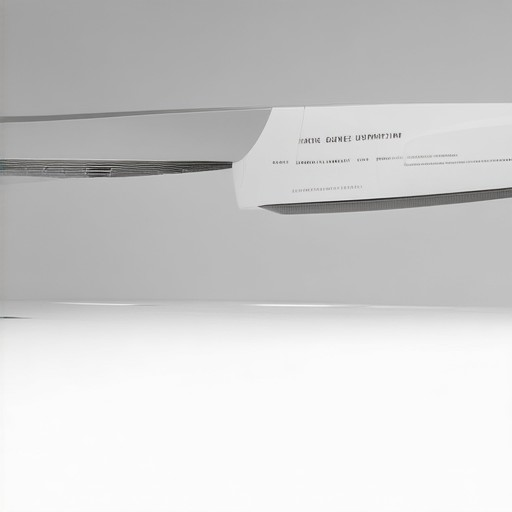
What Are the Key Elements of a Clean Website Layout?
A clean website layout is essential for creating a visually appealing, user-friendly, and professional online presence. Below are the key components that define a clean design:
- Readable Typography
- Utilize sans-serif fonts like Arial, Helvetica, or Georgia for better screen readability.
- Ensure text is legible with proper contrast against backgrounds.
- Maintain consistent font sizes and spacing for a cohesive look.
-
Color Palette
- Stick to a limited color scheme with neutral tones and subtle accents.
- Avoid clashing colors that can overwhelm users.
- Use high-contrast colors for important elements like buttons and links.
-
Whitespace Management
- Incorporate ample white space around elements to prevent clutter.
- Use margins and padding strategically to allow content breathing room.
- Avoid overcrowding images, text, or navigation bars.
-
Consistent Design
- Maintain uniformity in design elements such as fonts, colors, and layouts.
- Ensure a logical flow between pages and sections for a seamless experience.
- Align branding elements across all platforms for recognition.
-
Responsive Design
- Optimize the layout for various screen sizes, including mobile devices.
- Use flexible grids and media queries to adapt to different resolutions.
- Ensure functionality remains intact across all devices.
-
Minimalist Approach
- Avoid unnecessary decorations like excessive animations or Flash elements.
- Focus on simplicity and functionality over aesthetics.
- Remove distractions that can divert attention from core content.
-
Navigation
- Implement clear and intuitive navigation menus.
- Use breadcrumb trails or site maps for easy traversal.
- Ensure primary navigation is accessible from every page.
-
Content Organization
- Group similar information together for easier scanning.
- Use categories, tags, or filters to aid content discovery.
- Present information in a logical hierarchy with clear headings.
-
Accessibility Features
- Include alt texts for images to accommodate visually impaired users.
- Use semantic HTML tags like
, - Ensure proper contrast ratios and keyboard navigation support.
-
Grid and Alignment
- Use aligned grids for consistent layouts.
- Apply uniform padding and margins for a polished look.
- Ensure images and videos align seamlessly with text.
By focusing on these key elements, you can create a website layout that is not only clean but also functional, engaging, and optimized for search engines. Remember to continuously test and refine your design based on user feedback and analytics to ensure it meets evolving needs.
For more insights into web design best practices, explore 119 Web Design and discover expert tips to elevate your website’s aesthetic and performance.
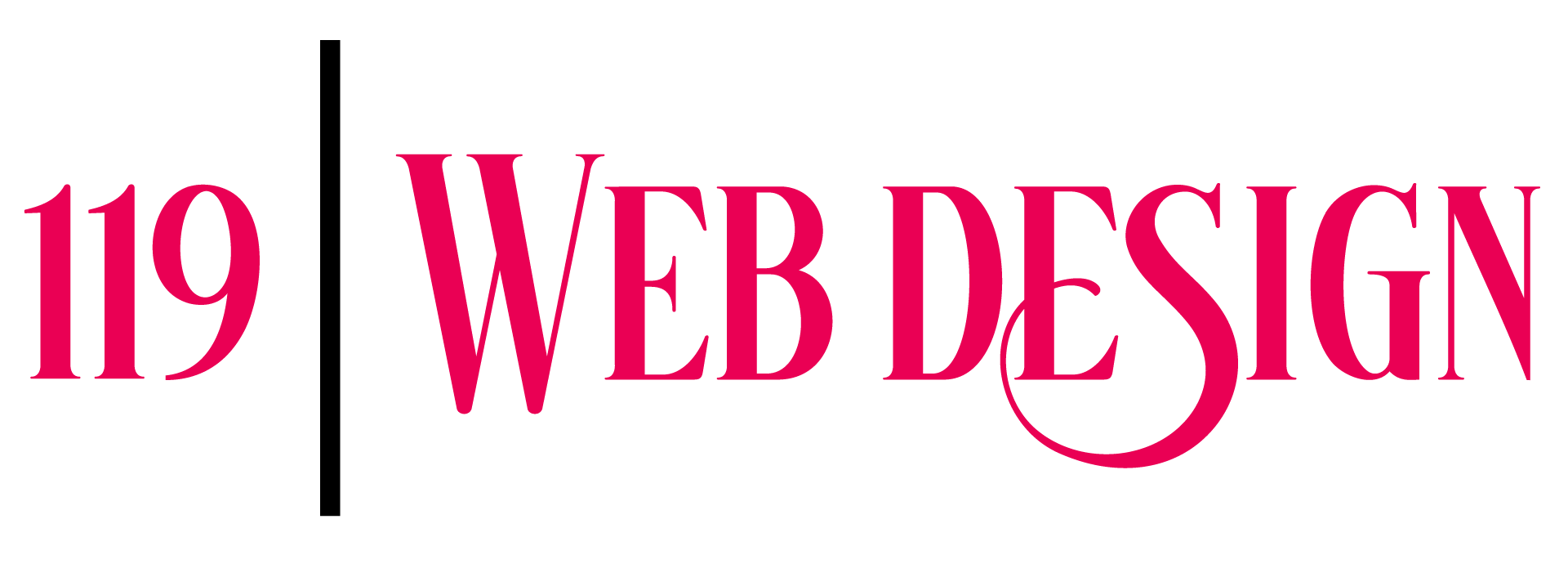

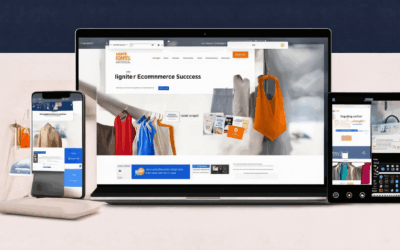
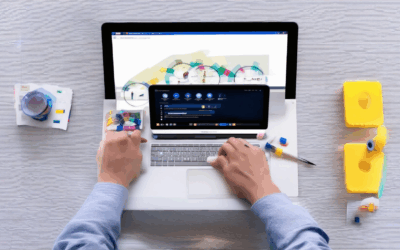
0 Comments